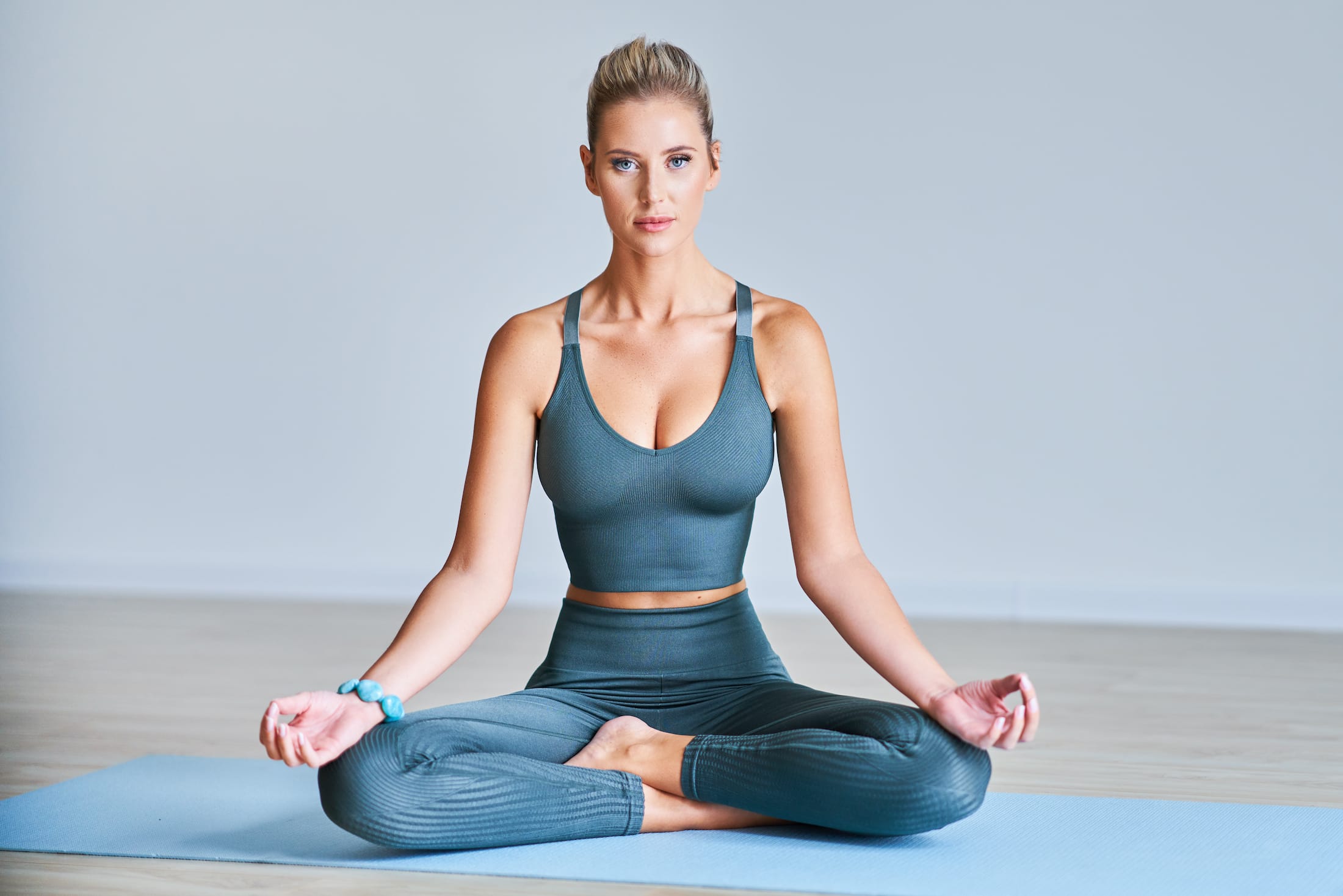
Restorative Yoga is a gentle, slow, and deeply relaxing style of yoga.
It focuses on complete rest, healing, and calming the nervous system by using many props like bolsters, blankets, pillows, and blocks.
Unlike active yoga styles, restorative poses are fully supported, allowing the body to relax without effort.
No stretching or muscular effort
Body is fully supported in each pose
More like meditation than exercise
Each pose is held for 5–20 minutes
Encourages deep relaxation and stress release
Activates the parasympathetic nervous system (“rest and digest”)
Helps reduce anxiety, fatigue, and mental tension
Common props include:
Bolster
Cushions
Pillows
Blankets
Blocks
Eye pillow
Props support the body so it can completely let go.
Deep relaxation for body and mind
Reduces stress and anxiety
Improves sleep quality
Helps with chronic fatigue or burnout
Releases tension in muscles and joints
Supports recovery from injury or illness
Balances the nervous system
Good for emotional healing
Supported Child’s Pose
Supported Reclining Bound Angle Pose (Supta Baddha Konasana)
Legs Up the Wall (Viparita Karani)
Supported Bridge Pose
Supported Forward Fold
Savasana (Relaxation Pose) with props
Most poses are lying down or seated.